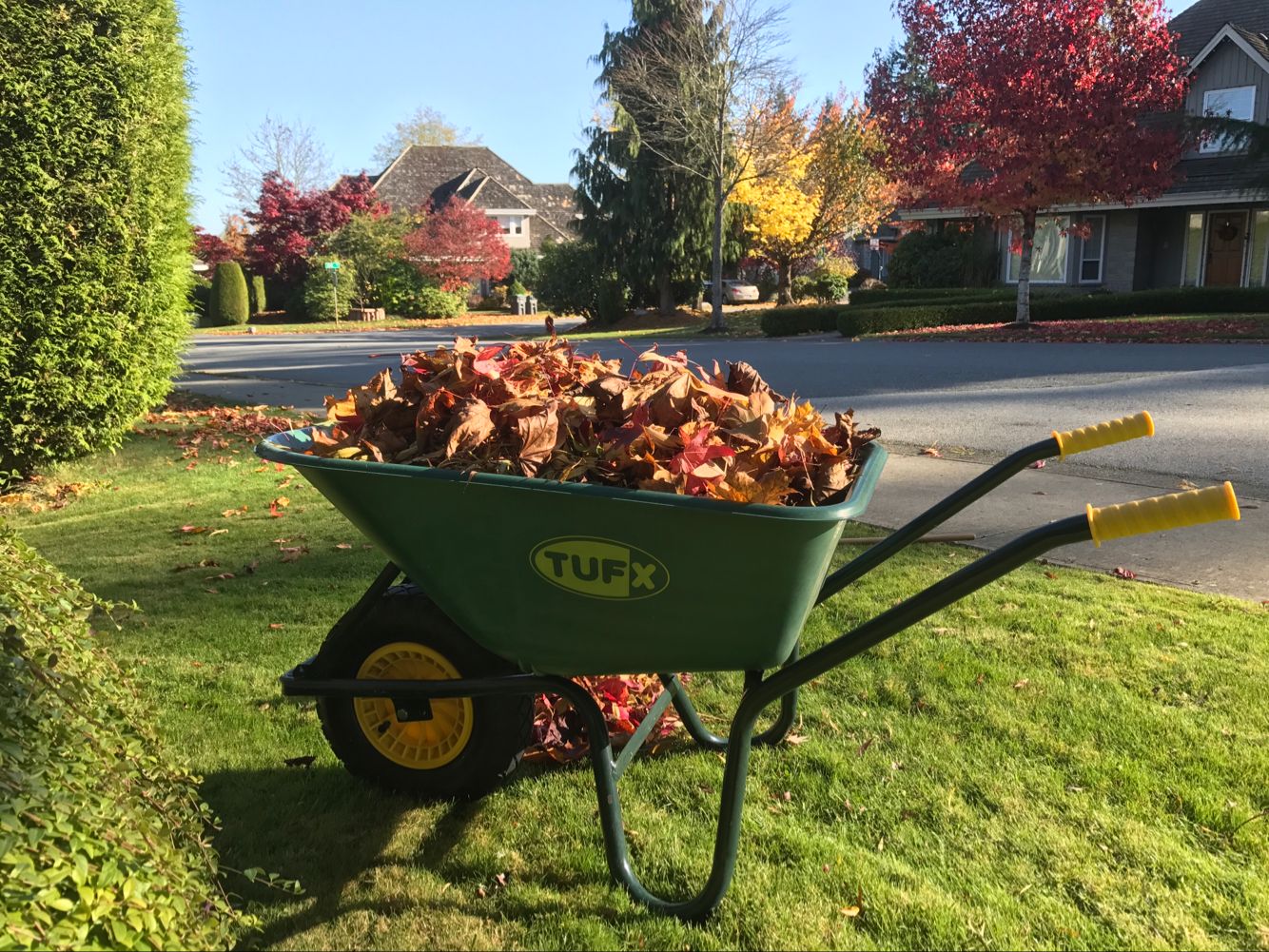Choosing the right wheelbarrow can make a significant difference in your work efficiency and safety. Here are some tips to help you select the appropriate wheelbarrows for your jobs:
1, Load Capacity: The first thing to consider when choosing a wheelbarrow is its load capacity. You should select a wheelbarrow that can hold the amount of weight you need it to carry. For example, a heavy-duty wheelbarrow may be suitable for carrying rocks or construction materials, while a lightweight model may be more appropriate for gardening or light landscaping work.
2, The tray size: Choose a tray size that can accommodate the materials you will be hauling. For example, a smaller tray may be ideal for gardening or light hauling, while a larger tray may be necessary for construction and farming work.

3, Material: Wheelbarrows can be made from a variety of materials, including plastic, steel, and aluminum. The material can impact the weight of the wheelbarrow, as well as its durability and resistance to rust and corrosion. Users should choose a material that is appropriate for their needs. Steel wheelbarrows are the most durable, but they're also heavier and can rust. Plastic wheelbarrows are lightweight and rust-resistant, but they may not be as durable as steel.
4, Wheel Type: The type of wheel on the wheelbarrow is also essential. Different wheelbarrows come with different types of wheels, such as pneumatic (air-filled) or solid. Pneumatic wheels are ideal for uneven terrain but need to inflate regularly; while solid wheels are better for smooth surfaces, and are puncture-proof. Consider the terrain where you will be using the wheelbarrow to choose the right wheel type.

5, Maneuverability: The maneuverability of the wheelbarrow is crucial, especially if you will be working in tight spaces. Ensure that the wheelbarrow has the right wheelbase and handlebar length for easy maneuvering.
6, Handles: The handles of the wheelbarrow should be comfortable to grip and sturdy enough to handle the weight of the load. Look for handles that are ergonomic and have a non-slip grip. The handle height is also an important factor to consider when choosing a wheelbarrow. If the handles are too low, you may strain your back, and if they are too high, you may struggle to control the wheelbarrow. Make sure the handles are at a comfortable height for you.
7, Durability: The wheelbarrow should be made from durable materials to ensure it can withstand frequent use and harsh environments. Consider the material of the tray, the frame, and the wheel to ensure they are strong and sturdy.
8, Storage space: Wheelbarrows can take up a lot of space in a garage or shed. Users should consider how much storage space they have available and choose a wheelbarrow that will fit comfortably.
If you have a small storage space, choose a smaller wheelbarrow. However, if you need to move large amounts of materials, a larger wheelbarrow may be more efficient.
9, Balance and stability: A wheelbarrow that is not balanced or stable can be dangerous and difficult to maneuver. Check for balance by lifting the handles and ensuring that the load is centered. Also, check for stability by ensuring that the wheelbarrow has a low center of gravity.
By considering these factors, you can choose a wheelbarrow that is suitable for your specific needs.